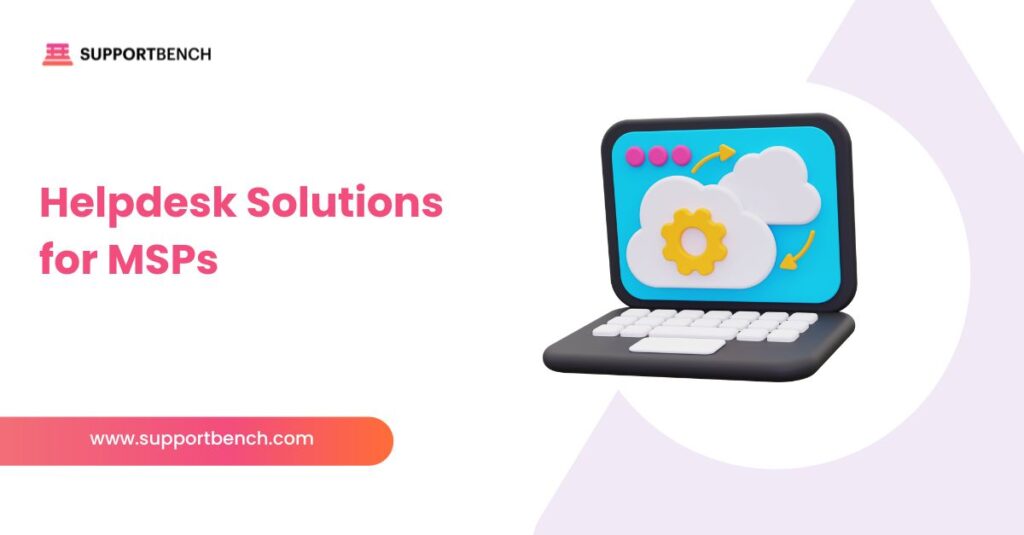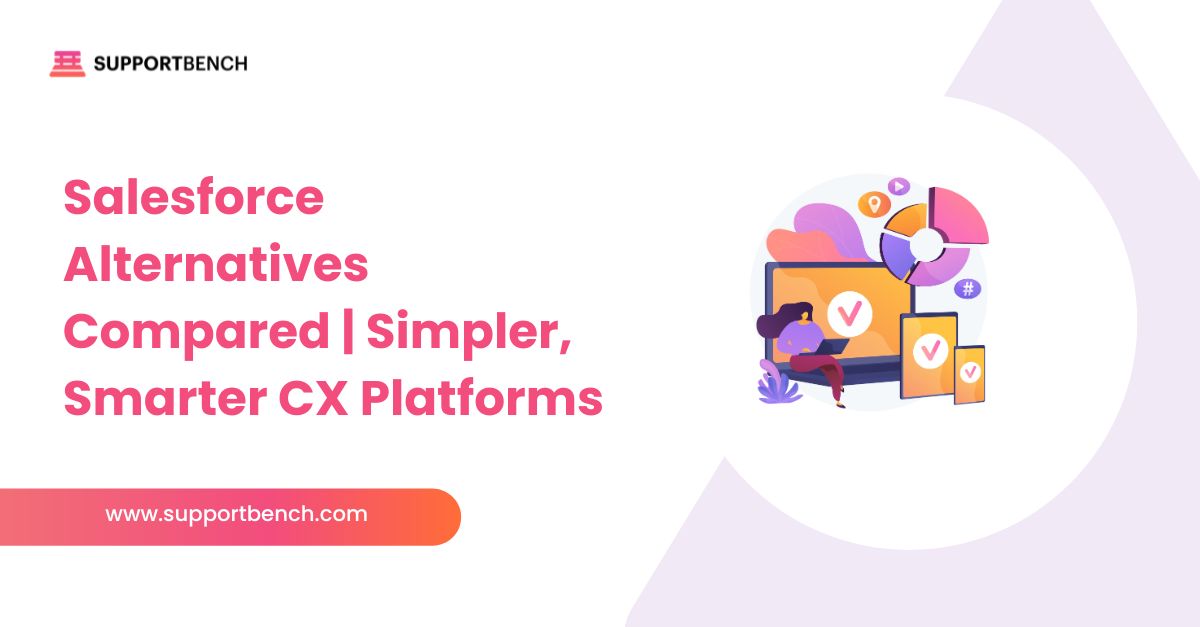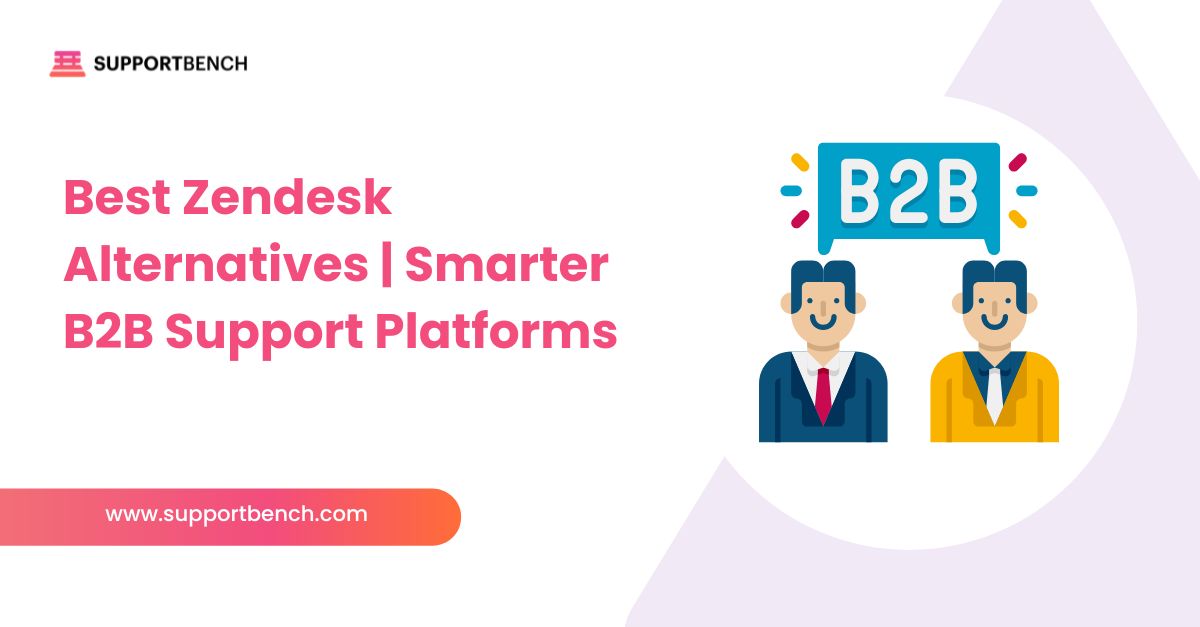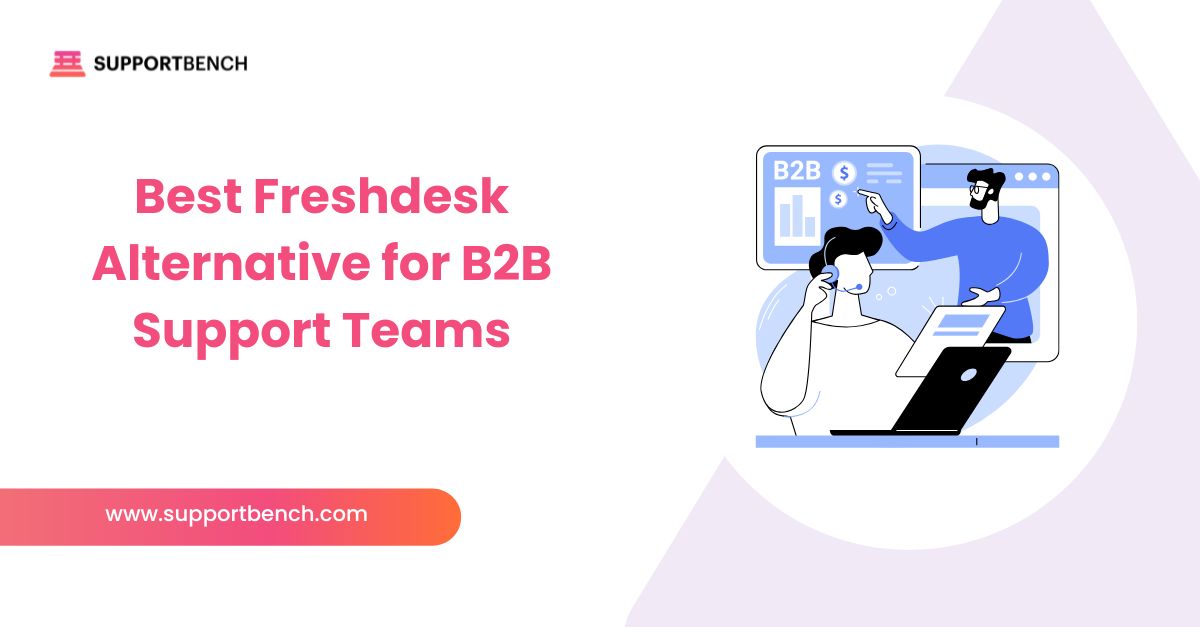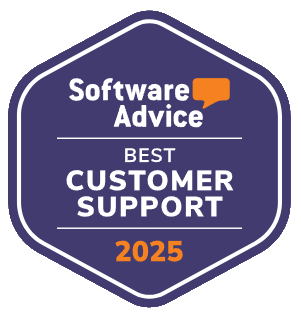In managed IT services, support isn’t optional—it’s the product. From monitoring uptime to resolving customer issues, MSPs thrive or fail based on how effectively they respond. As clients expect faster service and greater transparency, reactive systems no longer cut it.
That’s where helpdesk solutions come in—not just to manage tickets, but to streamline operations, increase accountability, and strengthen client trust.
This guide outlines what matters most in a helpdesk solution for MSPs, including must-have features, implementation best practices, and how modern platforms like Supportbench enable smarter, scalable service.
At a Glance:
MSPs need more than tech skills—they need fast, scalable support systems. A strong helpdesk streamlines responses, manages client tickets across channels, and grows with your business. Focus on features like multi-channel intake, ticket routing, knowledge bases, and integration. Train your team, monitor KPIs, and gather feedback to keep support sharp and client relationships strong.
The Importance of Helpdesk Solutions for MSPs
In managed services, the difference between a retained client and a churned one often comes down to response time and issue resolution. Helpdesk platforms help MSPs deliver consistent, transparent, and scalable support.

Client Satisfaction
When problems are resolved quickly, clients feel heard. A responsive helpdesk provides clear timelines and follow-ups, reinforcing trust with every interaction.
Operational Efficiency
Centralized ticketing keeps requests from getting lost. Instead of bouncing between emails, chats, and calls, your team works from a unified platform—with prioritized queues and role-based visibility.
Data-Driven Improvement
Helpdesk solutions track more than issues. They track performance. This includes ticket volume, agent workload, resolution time, and common customer issues. When reviewed consistently, these insights lead to smarter staffing and targeted process improvements.
Cost Control Without Cutting Corners
By automating routine responses and categorizing tickets on intake, teams reduce overhead while maintaining responsiveness. The result: less burnout, fewer errors, and better use of technician time.
Modern MSPs can’t afford to treat support as an afterthought. A reliable helpdesk isn’t just a tool—it’s a competitive advantage.
Key Features to Look for in Helpdesk Solutions
A great helpdesk platform does more than manage tickets—it sets the foundation for proactive, scalable, and personalized support. Here are the essential features every MSP should prioritize:
1. Multi-Channel Communication
Clients expect to reach your team through the channel of their choice—email, chat, phone, or web form. Unified, multi-channel systems ensure every request is captured and routed without duplication or delays.

2. Intelligent Ticket Management
Look for tools that go beyond basic issue logging. A reliable ticket management system should offer categorization, prioritization, auto-assignment, and SLA tracking. These features reduce chaos, especially during high-volume periods.
3. Embedded Knowledge Resources
An integrated, searchable platform is critical. A well-structured knowledge base empowers clients to resolve common problems themselves while supporting agents with step-by-step guides and troubleshooting content.
4. Reporting and Analytics
Dashboards should deliver more than vanity metrics. You need actionable data: response times, ticket aging, agent utilization, and escalation trends. These insights enable strategic decisions and SLA compliance.

5. Seamless Integrations
From RMM tools to CRM systems, MSPs use a variety of platforms daily. The right helpdesk connects to these systems natively, enabling data sync and automation without manual overhead.
6. Customization and Scalability
No two MSPs run the same way. Your helpdesk should let you tailor workflows, ticket views, and automation rules. It should also scale with your business—whether you’re onboarding five clients or fifty.
Best Practices for Implementing Helpdesk Solutions
Rolling out a new helpdesk system doesn’t end with the purchase—it begins there. To get the full benefit, MSPs must focus on user adoption, operational clarity, and iterative improvement. These best practices ensure your investment translates into real support improvements.
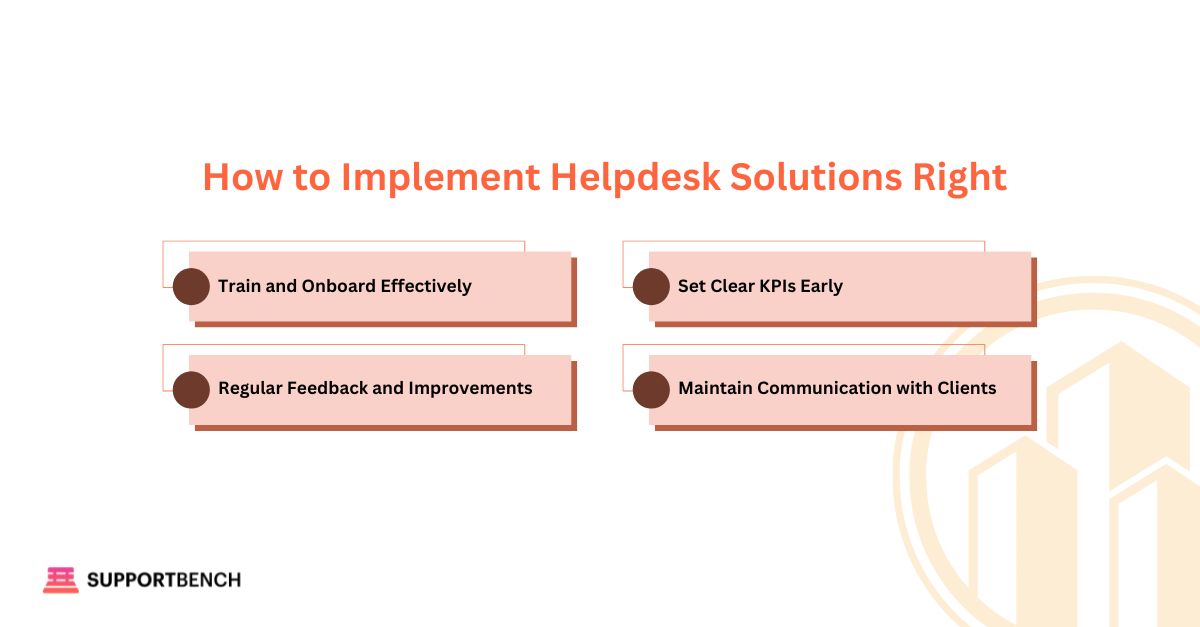
1. Train and Onboard Effectively
Even the most intuitive helpdesk requires proper onboarding. Train your team on workflows, escalation paths, ticket tagging, and system-specific features. Provide job aids or cheat sheets for reference during the early stages. Reinforce habits through shadowing, Q&A sessions, and short refreshers as needed.
2. Set Clear KPIs Early
Define what success looks like. Common KPIs include average resolution time, first response time, CSAT scores, and reopened ticket rates. By linking metrics to roles and responsibilities, teams can self-assess and course-correct more efficiently.

3. Gather Continuous Feedback
Technology alone won’t fix a broken process. Regular feedback from clients and frontline agents can uncover friction points the metrics don’t show. Use surveys, debriefs, and ticket reviews to identify small adjustments that improve usability and satisfaction.
4. Communicate With Clients
A transparent process builds trust—even when things go wrong. Set clear expectations about support timelines and escalation paths. Share updates during issue resolution, and follow up to confirm the fix. Clients are more patient when they feel informed.

Choosing the Right Helpdesk Solution
The right helpdesk platform isn’t just about software—it’s about how well that software fits the realities of your workflow and growth trajectory.
Start by mapping your actual service delivery needs. Are you struggling with response time? Do you require real-time escalation tools? Is integration with your CRM or remote monitoring tool a must-have?
Solutions that align with your internal structure will deliver long-term value. That includes user-friendly dashboards, flexible automation rules, scalable agent roles, and integrations that reduce swivel-chair work.
For Managed Service Providers handling diverse customer issues, the platform must adapt—not constrain. A rigid system adds overhead and frustrates users. A customizable one allows you to grow smarter, not just bigger.
Supportbench is built for this adaptability, combining an intuitive ticket management system, cross-platform integration, and a robust knowledge base to streamline everything from intake to resolution.
Conclusion
For MSPs, helpdesk solutions are more than just operational tools—they’re a foundation for long-term success. A thoughtfully chosen system enables faster response times, tighter collaboration, and data-backed decisions that benefit both clients and teams.
Supportbench offers MSPs a future-ready support platform designed to grow with them. From automation and analytics to seamless integrations and scalable workflows, it brings clarity to complex service environments.
Investing in the right helpdesk is not just about resolving tickets—it’s about delivering consistently excellent service that earns loyalty, improves margins, and fuels business growth.


